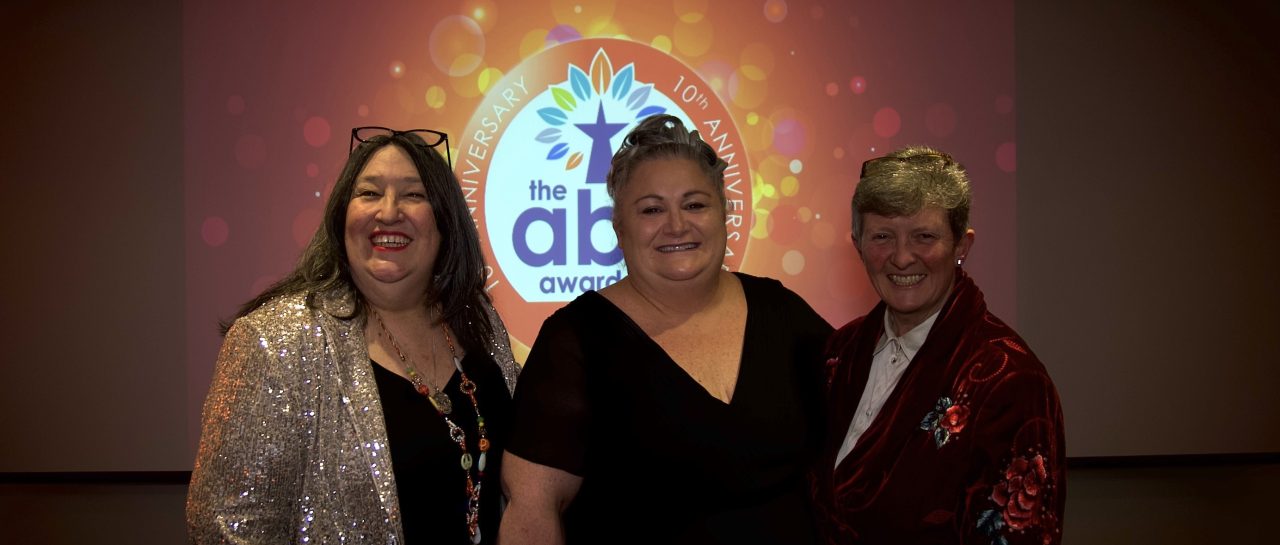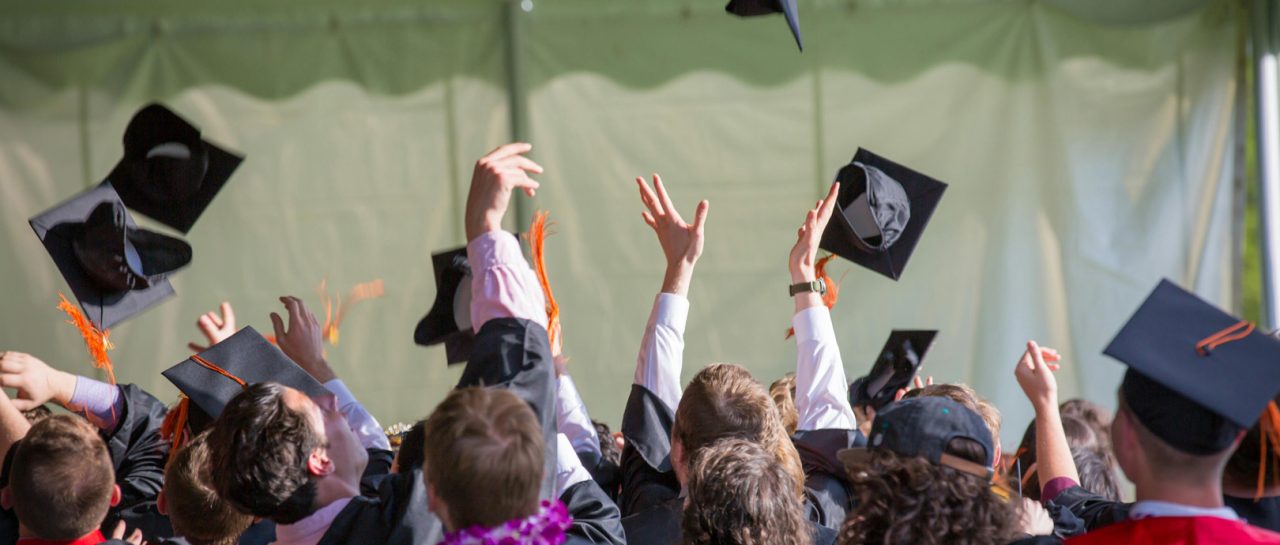As we enter 2025, we are excited to share our vision for the year ahead with the Association for Business Psychology (ABP) community. This year, the theme of Guardianship and Growth remains at the heart of everything we do, driving us to uphold the integrity of…

By Graham Norris
This year’s ABP Conference is quite rightly tackling the challenging topic of how humans and technology can cooperate to create better working environments for the humans. The situation is changing rapidly – at last year’s conference there was a single session on how to use generative artificial intelligence – so the theme is inherently future-looking as we try to discern which technologies we will need to cooperate with.
There are numerous techniques futurists use to analyse what might happen. This article employs horizon-scanning, a “systematic examination of potential threats, opportunities, and likely future developments at the margins of current thinking and planning.”1 This scan was specifically of technology related to business psychology and was conducted with the help of the Shaping Tomorrow2 platform.

*TRL – Technology Readiness Level
AI-Driven Organisational Network Analysis
Organisational Network Analysis (ONA) is an analytical tool used to visualise and analyse formal and informal relationships that exist within an organisation. It helps to identify key influencers, decision-makers, information brokers, and communication bottlenecks within the business structure. AI-driven ONA offers rich insights into the networking patterns and information flow.
By understanding how people in organisations communicate and collaborate, business psychologists can address issues such as communication gaps, information hoarding, or silos that limit performance. AI algorithms can forecast certain patterns based on data, such as identifying future leaders or influencers or predicting departures of key personnel. This predictive analysis can assist in succession planning, talent development, and staff retention strategies.
Smart Office Environments
Smart Office Environments refer to the usage of advanced technology and intelligent systems to enhance employee productivity and overall work experience. It involves the integration of various digital tools, intelligent devices, and cloud-based solutions to create a workspace that is highly efficient, comfortable, and conducive to productivity. They can be used, for example, to automate mundane tasks, freeing up time for employees to focus on their core competencies. They can also monitor air quality, lighting levels, and noise levels, among others, to create a healthy working environment. Finally, they also make use of real-time collaboration tools, empowering employees to work together effectively regardless of their geographical location.
Digital Twins for Workforce Planning
The concept of Digital Twins is becoming increasingly influential in the field of workforce planning. In essence, a Digital Twin is a digital representation of a physical entity or system. In terms of workforce planning, the “physical system” being represented could be an entire workforce, a team within a workforce, or even individual employees. With the use of Digital Twins, organisations can have simulations that may provide insights into the teams’ behaviour and interactions, thus giving way to high-level strategic planning and improvements in team efficiency. These models can aid in predicting possible outcomes and support decision-making processes, enhancing the productivity and overall effectiveness of a workforce.
Advanced Biometric Menstrual Tracking
Advanced Biometric Menstrual Tracking refers to the use of advanced technologies such as wearable devices or applications to track and manage the menstrual cycle. A Chartered Institute of Personnel and Development study3 showed that nearly 80 percent of women had experienced menstruation symptoms and more than two-thirds of those had experienced a negative impact at work. By understanding an employee’s menstrual cycle, organisations can create environments that are responsive to women’s health needs, thereby promoting a healthier, more inclusive and productive workplace.
Affective Computing
Affective Computing is a field of study in computer science that explores how machines can recognise, interpret, simulate, and possibly express human emotions. Through affective computing, systems can be designed to measure engagement level among employees in a real-time setting. There are numerous applications. For instance, an emotion-aware system can track the employee’s facial expression, physiological state or the tone of voice to determine whether they are bored, stressed, energised, or motivated at work. Real-time monitoring of the emotional state of employees can reveal those who are under elevated stress levels. Measures can then be implemented to alleviate their stress and promote a healthy work-life balance. Preventive strategies can be implemented to avoid workforce burnout.
Augmented Reality Training Platforms
Augmented Reality is an interactive experience that enhances or augments the physical world with computer-generated digital information including visuals, sounds, and even tactile sensations. AR training platforms could significantly boost training effectiveness, employee engagement, and overall productivity.
Relying on AR technology, for example, organisations can provide real-time feedback to their employees during training activities. This allows for immediate correction of mistakes and re-enforcement of correct actions, promoting more effective learning. Furthermore, AR systems can track a host of performance metrics, giving organisations robust tools for assessing employee skills and progress.
Persuasive Technology for Behaviour Change
Persuasive technology involves utilising technology such as applications, wearables, or digital interactions to induce a change in human behaviour or attitude, effectively persuading individuals to alter their habits or actions towards desirable outcomes. Persuasive technology might span from HR software nudging managers to offer timely performance feedback, to apps encouraging physical activity among desk-bound employees, to platforms fostering collaboration and team cohesion. Applications informing employees about their progress on various projects, providing them feedback, and notifying them about upcoming tasks can encourage them towards goal completion and enhanced productivity.
The potential impact of the technologies being developed is matched only by the ethical questions they raise. The effectiveness of many of these technologies will be based on their ability to understand and influence their human collaborators. How much do we want them to know, and how much influence do we want them to have? These are perhaps the questions that will determine the pace of change in our workplaces.
Graham Norris is an organisational psychologist, futurist and managing director of Foresight Psychology.
1 Chief Scientific Advisers Committee, Office of Science and Technology, September 2004.
2 https://www.shapingtomorrow.com
3 https://www.cipd.org/en/knowledge/reports/menstruation-support-at-work/



